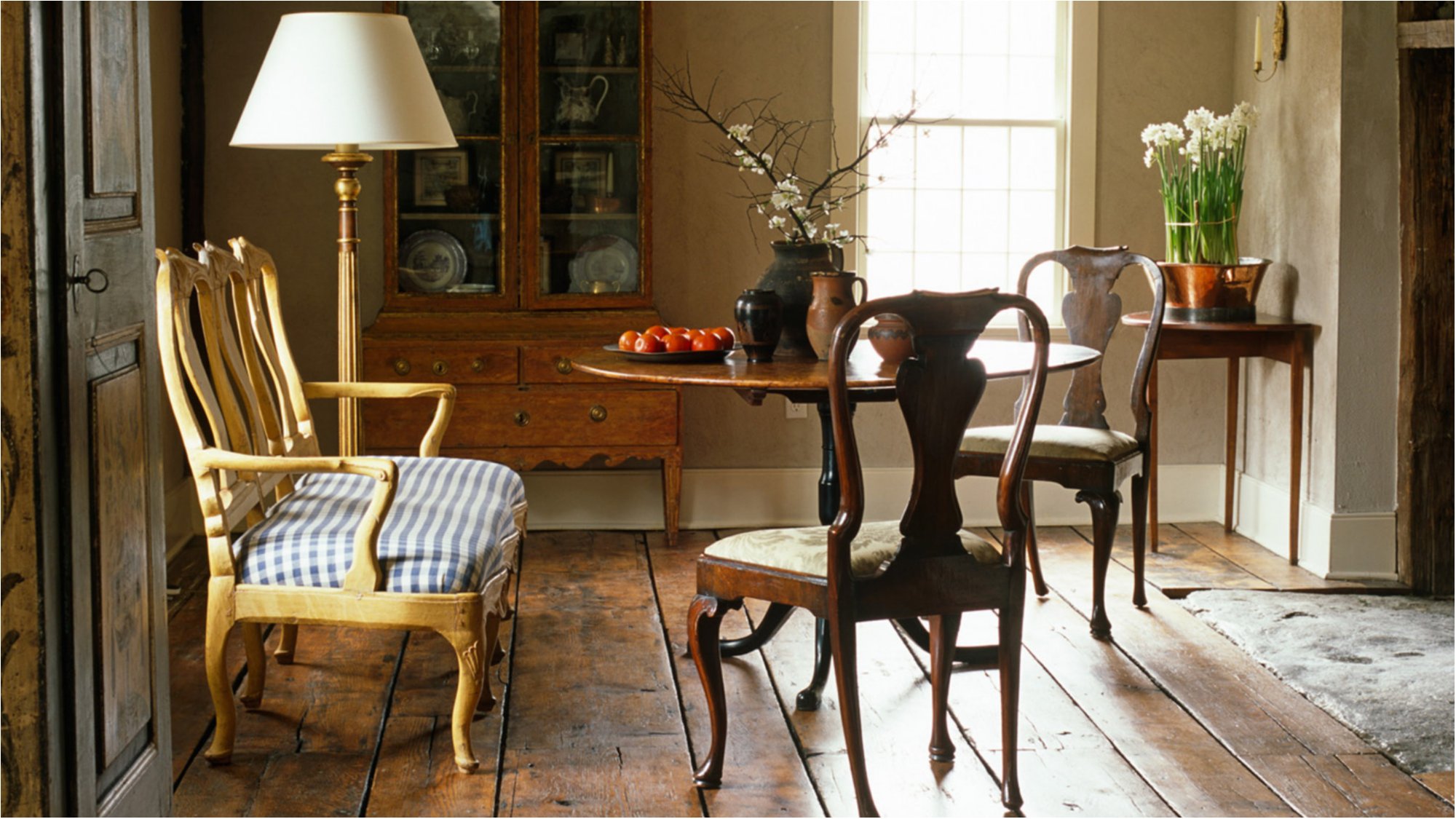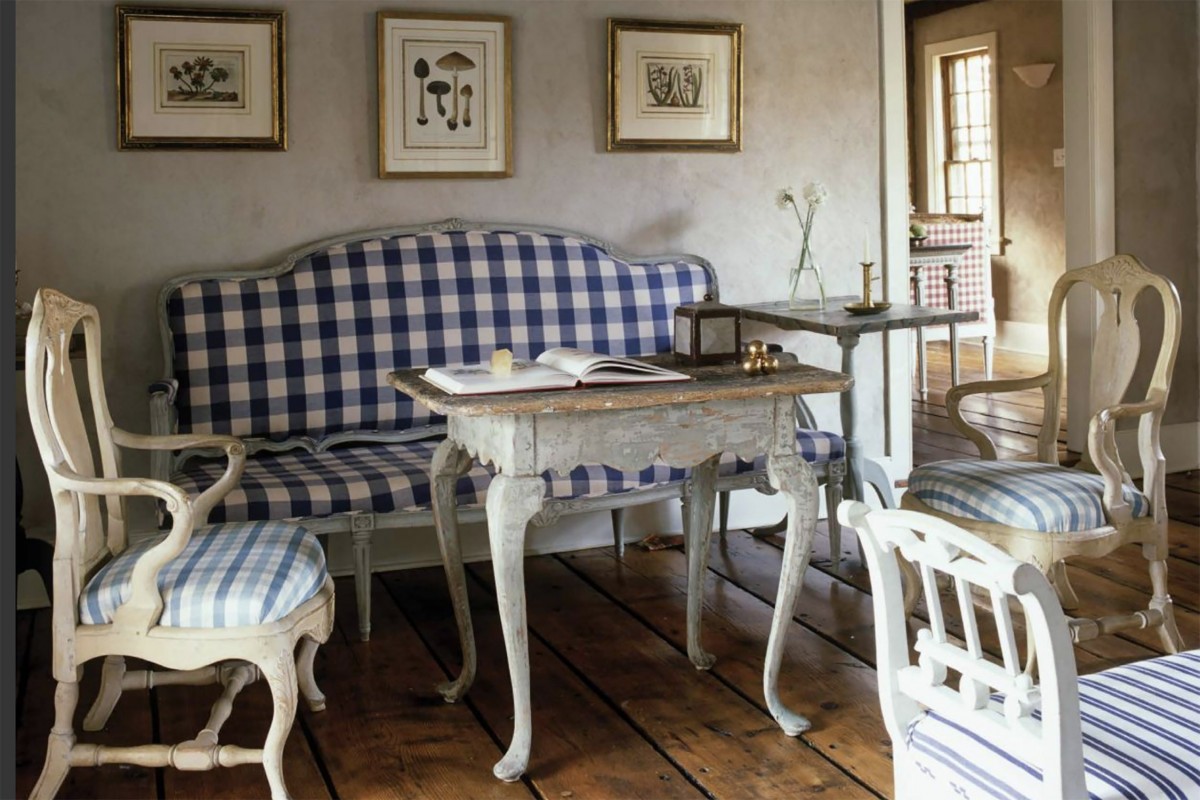
AO Journal
Swedish Style
Swedish Style is having a moment. Lauded for its crisp, clean lines, beauty and simplicity with roots dating back to 1750, it is a favorite among collectors and interior designers alike.
Perhaps Connecticut interior designers Edie van Breems and Rhonda Elieish of Eleish van Breems sum it up best, “When you walk into a good Swedish-designed room, whether it is an antiques-filled country house or a contemporary industrial loft space, there is a serenity , calm and a feel-good quality that literally permeates the atmosphere.”
For a quick history lesson, we looked to ArtOrigo dealer Theo Lundgrens of Stockholm’s Lundgrens Antiques who specializes in chandeliers, furniture and objects of art from the 18th and early 19th centuries. “The Swedish golden age for furniture and interiors started around 1750 and lasted about 70 years. Sweden was heavily affected financially by the wars of King XII and it took time to get the Swedish economy running again,” he says. “The few who could afford in the first half of the 18th century put their money in importing furniture and making interiors heavily influenced by Dutch, German and maybe foremost English furniture. In 1731, the Swedish government approved an import ban on furniture to support the local makers of furniture.”
The French also influenced Swedish furniture makers during the 1750s -1780’s and as a result, French rococo furniture was born which translated into a “Swedish rococo style that was a little more refined and lighter with beautiful lines and a graceful style,” Lundgrens details. Another new aesthetic known as “Gustavian Style” was influenced by France and named after King Gustav II. “The early Gustavian style has precise, clean, straight tight lines and decoration inspired from the antique periods, also with geometric patterns of meander, palmettes, etc. The colors used were very much pearl-grey and light yellow, and it is the French equivalent of the Louis XVI period.”
The antiques of these periods heavily influenced the Swedish Style designs that we know today. Lundgrens explains that “Internationally, the Swedish style has been very much all about the painted Gustavian Style…. but it is not the only style or type of Swedish Antiques. I understand the country look and the popularity, but there are so many more beautiful Swedish types of pieces. A few pieces that I think Sweden was very good in making during the 18th and early 19th century were chandeliers, gilt wood mirrors, giltwood consoles and the veneered commodes with or without the intarsia. One should also not forget the early Swedish Baroque mirrors in the style of Burchard Precht (although quite rare).”
One cautionary note to collectors – be very careful when buying painted Gustavian furniture as pieces might be repainted or reconstructed and not always in their original mint condition. The dealer advises, “Many giltwood furniture pieces and mirrors have been regilded sometimes with different results. Try to find (ones) with original gilt or only one layer of gilt. When buying, ask many questions of the piece about its condition, origins, etc. To restore something with giltwood is very expensive so if it´s already done you will save a lot of time, money and effort.”
And if you want to add an instant touch of Swedish serenity to a room, Lundgrens advises, “I think Gustavian chandeliers or anything Swedish you can put a candle in is a best seller. We use real candles a lot in Sweden. We can electrify chandeliers if needed. Swedish mirrors with candle holders, candlesticks, etc. There is still a lot of nice Swedish 18th century veneered commodes at reasonable prices as well.”
When it comes to designing a Swedish-inspired room, in the end, it’s all about the mix. “Swedish Style mixes the old and the new,” van Breems and Eleish note. “Swedish homes are highly personal and antique heirlooms are mixed side by side next to the most current designers creating sophisticated design dynamics.” And as always, buy what you love.
If you are in Stockholm, be sure to visit Theo Lundgrens and his partner and brother Ian (available by appointment only) or check out their collection of antiques on ArtOrigo.
Captions and links:
https://artorigo.com/lundgrens-antiques
Suggested Items:
Photo credits: Images courtesy of Eleish van Breems.
.jpeg)
.jpg)
.jpg)


